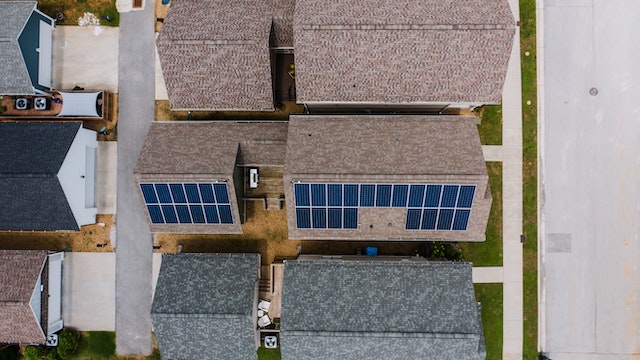
Harnessing the Earth’s natural energy through geothermal systems is no longer a distant, futuristic concept. Today, more homeowners than ever before are turning to residential geothermal systems as a sustainable, energy-efficient solution for heating and cooling their homes. In the quest for sustainable, efficient, and renewable sources of energy, geothermal systems have emerged as a promising solution. These systems harness the earth’s natural heat, converting it into a reliable and Eco-friendly energy source for our homes. This article delves into the various types of residential geothermal systems, their functions, as well as their pros and cons.
Residential Geothermal Systems: Types and Functions
Residential geothermal systems fall into three primary categories: Horizontal Loop, Vertical Loop, and Hybrid systems.
Horizontal Loop Systems: These are often used when adequate land is available. Pipes are laid in trenches, about six feet underground, where the temperature is consistent throughout the year.
Vertical Loop Systems: These are ideal for smaller residential plots. Holes are bored deep into the ground, and pipes are inserted vertically, extracting heat from deeper below the surface.
Hybrid systems: combine geothermal technology with other heating and cooling sources to maximize efficiency.
These systems all work on the same basic principle. They exploit the stable temperature of the earth (or water body) to provide heating in the winter by extracting heat from the ground and cooling in the summer by dispersing heat into the ground.
Advantages of Residential Geothermal Systems
Energy Efficiency: Geothermal systems are incredibly energy-efficient, often outperforming traditional HVAC systems by up to 400%. This efficiency translates to significant cost savings in the long run by saving money on your energy bills.
Environmental Impact: By leveraging a renewable resource, geothermal systems minimize reliance on fossil fuels, thereby reducing carbon emissions.
Durability and low maintenance: Geothermal systems are built to last, with indoor components often lasting up to 25 years and underground loops lasting over 50 years. They also provide consistent temperature regulation, unlike other renewable sources that can be intermittent. These systems have fewer moving parts and are shielded from weather conditions which lead to a lower maintenance cost.
Disadvantages of Residential Geothermal Systems
High Upfront Costs: Installation of geothermal systems can be costly, especially for vertical systems that require deep drilling. However, the long-term energy savings often offset this initial investment.
Site-Specific Limitations: The feasibility of installing a geothermal system can depend on factors like land availability, soil composition, and proximity to water bodies.
In conclusion, residential geothermal systems offer a compelling pathway toward sustainable and efficient home heating and cooling. Despite the initial investment and potential site-specific limitations, the long-term benefits in terms of energy savings, environmental impact, and system longevity are substantial. As we strive towards a greener future, harnessing the Earth’s natural, renewable energy sources is more than just a trend; it’s a necessity. Geothermal systems offer a promising, efficient, and sustainable solution for residential heating and cooling needs.

